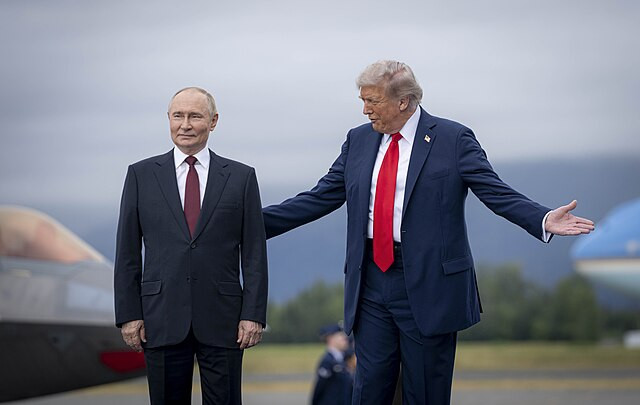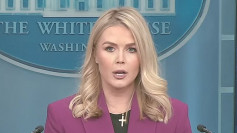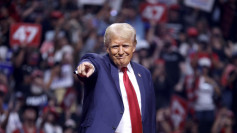President Donald Trump's draft proposal to end Russia's war in Ukraine would formalize major territorial concessions to Moscow, restrict Ukraine's military capacity and foreign-policy options, and pave the way for Russia's reintegration into the global economy, according to a 28-point document circulated among Ukrainian and European officials. The plan-co-drafted by U.S. and Russian representatives-arrives as Russia advances on multiple fronts and President Volodymyr Zelensky faces political pressure at home.
The proposal confirms Ukraine's sovereignty while simultaneously locking in Russian control over key regions. It states that "Crimea, Luhansk and Donetsk will be recognized as de facto Russian, including by the United States," and that the lines of contact in Kherson and Zaporizhzhia would be frozen, creating de facto borders favorable to Moscow. Ukrainian forces would withdraw from remaining portions of Donetsk, which would become a demilitarized buffer zone "belonging to the Russian Federation," though Russian troops would not enter it.
The draft further requires Kyiv to guarantee neutrality. Ukraine must "enshrine in its constitution that it will not join NATO," while NATO must adopt language promising Ukraine "will not be admitted in the future." No NATO troops could be stationed on Ukrainian soil, and Ukraine's armed forces would be capped at 600,000 personnel.
In exchange, the U.S. would provide conditional security guarantees. One clause states that the guarantee becomes invalid if "Ukraine launches a missile at Moscow or St. Petersburg without cause," wording analysts say leaves wide room for Russian interpretation and potential manipulation. Another provision says that if Russia invades again, sanctions would be reinstated and U.S. recognition of any new territory gains revoked.
The economic dimension is equally sweeping. The plan allocates "$100 billion in frozen Russian assets" to fund U.S.-led reconstruction in Ukraine, with Washington receiving "50% of the profits." Europe would match the $100 billion investment. Remaining Russian assets would be placed into a joint U.S.-Russian investment vehicle to pursue projects in energy, infrastructure, artificial intelligence and rare-earth extraction. The proposal also calls for staged lifting of sanctions and Russia's return to the G8.
A section on social policy mandates that "All Nazi ideology and activities must be rejected and prohibited," reprising Moscow's long-running narrative about Ukraine. Analysts warn that even a fringe symbol appearing online could be used by Russia to claim a violation and exit the agreement.
One of the most controversial provisions requires that "Ukraine will hold elections in 100 days," a timeline Ukrainian officials and Western diplomats say is logistically impossible and politically destabilizing in a country emerging from full-scale war.
Beyond Ukraine, the plan seeks a broader reset with Moscow: extending nuclear arms-control treaties, forming a joint U.S.-Russian security working group, and establishing a "Peace Council" chaired by President Trump to oversee implementation.
European officials reviewing the document say the proposal mirrors maximalist Russian demands from 2022. Yet it arrives at a moment when Moscow appears intent on leveraging battlefield gains and Zelensky's political vulnerability. Even partial acceptance of the 28 points would give Russia diplomatic and economic victories it has sought since the invasion began.






